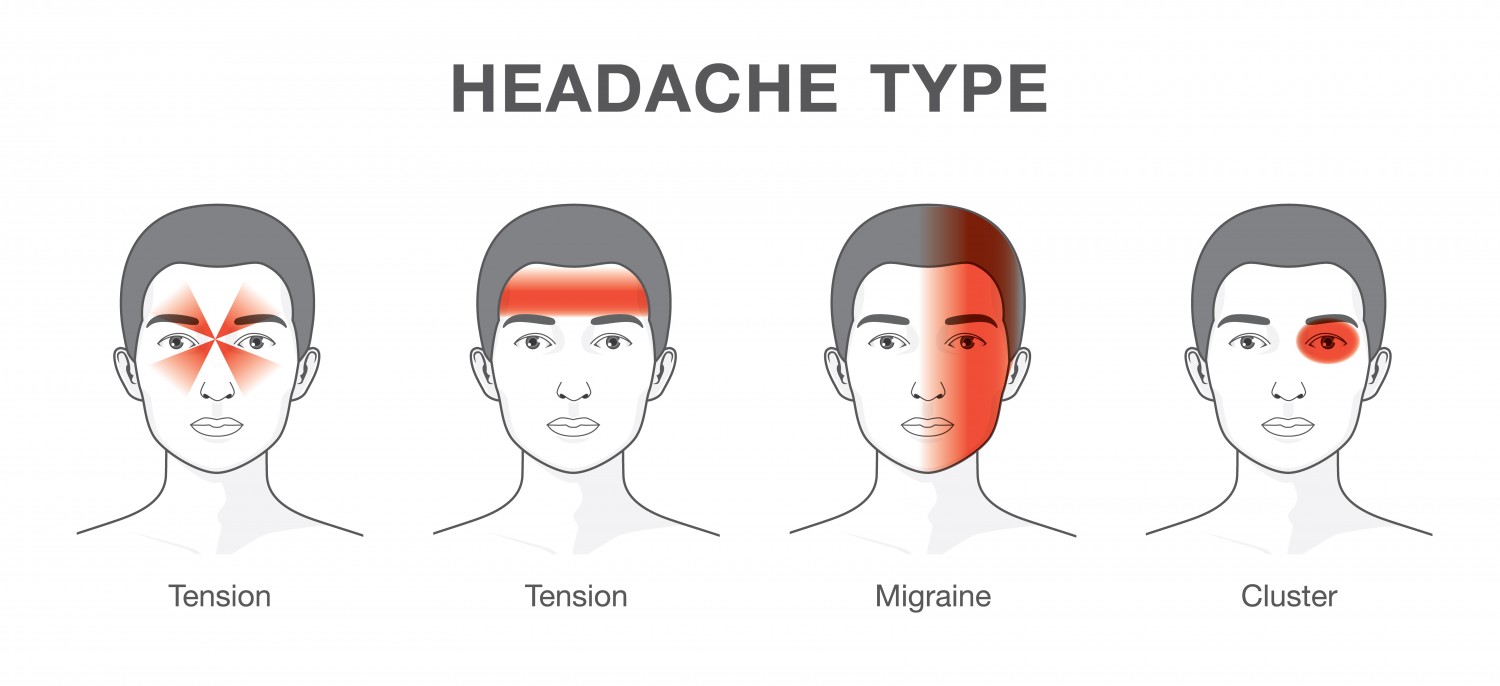Things To Know About Migraines VS Other Headaches

Dr. Madan Bajagain
Medical Officer
Almost everybody would have experienced a pain in their head. But how do you know if what you are experiencing is a migraine?
A migraine often occurs on one side of the head and is accompanied by other symptoms like nausea, sensitivity to light/sound, vomiting, pain behind the ear/eye. Other types of headaches, on the other hand, usually occurs on both sides of your head, either around the forehead, temples or nape of the neck.
A way to differentiate between a migraine and other types of headaches is to judge the pain intensity. If you are feeling a mild to moderate pressure all over your forehead or scalp, you are most likely not experiencing a migraine. But if you are feeling moderate to severe pulsing and throbbing pain on predominantly one side of your head/scalp, you are facing a migraine attack.

Tracing back and identifying what triggered the pain can also help you understand if you are suffering from migraine. Other headaches are often a cause of stress, muscle strain, sinus, anxiety etc. However, a migraine can be triggered by heat strokes, hormonal changes, alcohol and loud/irritable sounds. Additionally, a migraine often sends out a warning sign called ‘aura’ through a heightened sense of smell/taste, mental fatigue or sights of flashing spots/lines, which is absent at the onset of a headache.
Now that you know how to differentiate a migraine from other headaches, it is important to differentiate their treatment methods as well. A headache can be cured by over-the-counter medications like Aspirin, Panadol or Ibuprofen. Migraines, however, are often not as easily treated with pharmacy medicines. Therefore, it is suggested to adopt migraine prevention strategies like changing your diet, avoiding migraine triggers (once identified), reducing stress and proper medication depending on your age, profession and type of migraine.
प्रकाशित मिति: ३१ असार २०७६, मंगलबार










